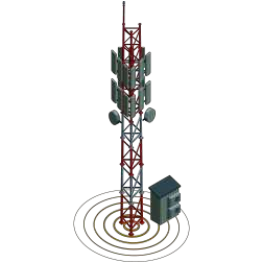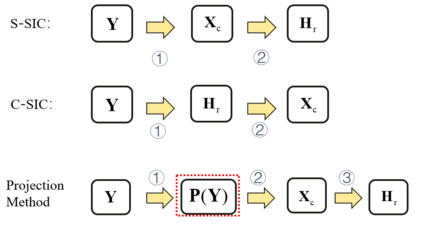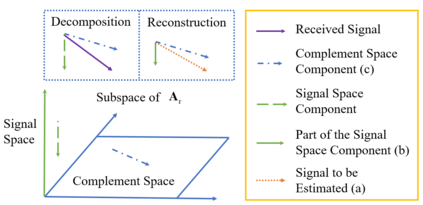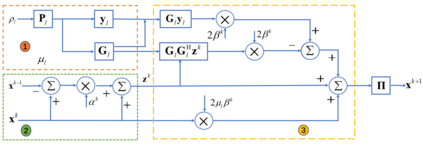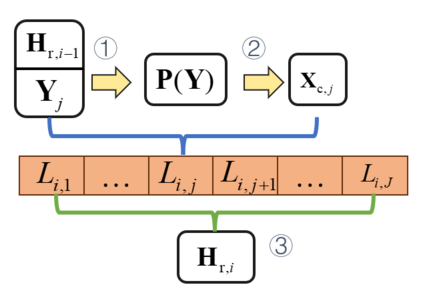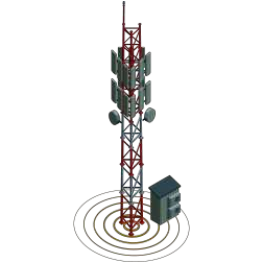Uplink integrated sensing and communication (ISAC) systems have recently emerged as a promising research direction, enabling simultaneous uplink signal detection and target sensing. In this paper, we propose the flexible projection (FP)-type receiver that unify the projection-type receiver and the successive interference cancellation (SIC)-type receiver by using a flexible tradeoff factor to adapt to dynamically changing uplink ISAC scenarios. The FP-type receiver addresses the joint signal detection and target response estimation problem through two coordinated phases: 1) Communication signal detection using a reconstructed signal whose composition is controlled by the tradeoff factor, followed by 2) Target response estimation performed through subtraction of the detected communication signal from the received signal. With adjustable tradeoff factors, the FP-type receiver can balance the enhancement of the signal-to-interference-plus-noise ratio (SINR) with the reduction of correlation in the reconstructed signal for communication signal detection. The pairwise error probabilities (PEPs) are analyzed for both the maximum likelihood (ML) and the zero-forcing (ZF) detectors, revealing that the optimal tradeoff factor should be determined based on the adopted detection algorithm and the relative power of the sensing and communication (S\&C) signal. A homotopy optimization framework is first applied for the FP-type receiver with a fixed trade-off factor. This framework is then extended to develop the dynamic FP (DFP)-type receiver, which iteratively adjust the trade-off factor for improved algorithm performance and environmental adaptability. Subsequently, two extensions are explored to further enhance the receiver's performance: parallel DFP (PDFP)-type receiver and a block-structured receiver design. Finally, the effectiveness of the proposed receiver designs is verified via simulations.
翻译:暂无翻译

